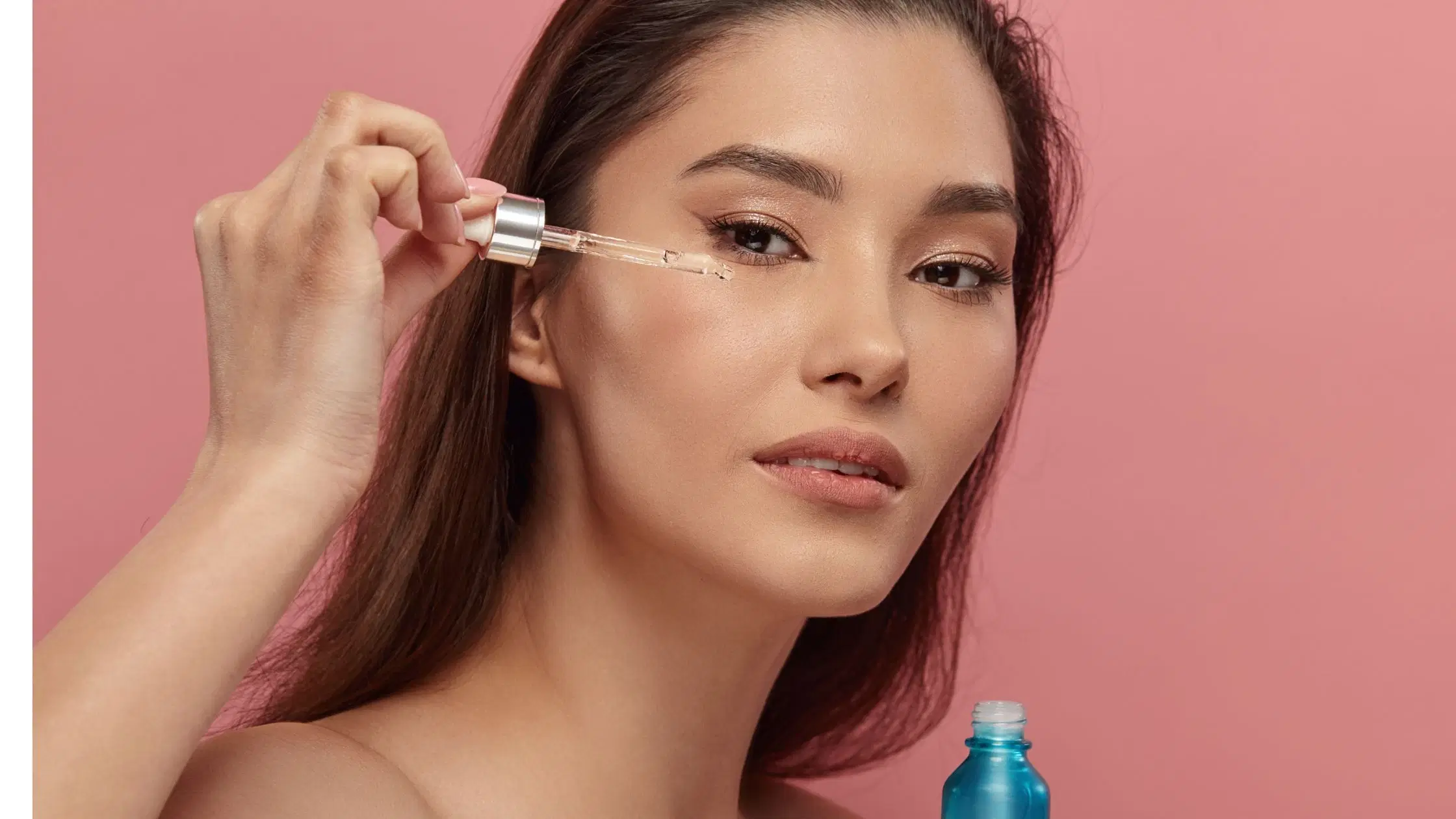
Beauty & Skincare
•04 min read
-9872eb55-9af0-4022-8644-bd8f05e8333e.png&w=3840&q=75)
Niacinamide has captured the hearts of skincare enthusiasts for its versatility and impressive benefits. As you explore this blog post, you'll gain clarity on whether niacinamide causes purging and understand how to differentiate between temporary skin adjustments and real breakouts. By the end, you'll be ready to enhance your routine confidently with this popular ingredient.
Niacinamide, widely recognized as Vitamin B3, is celebrated for maintaining healthy skin through its many benefits. It helps to strengthen the skin barrier, reduce sensitivity, and regulate oil production. These qualities make it an excellent choice for individuals with oily and acne-prone skin while also minimizing the appearance of pores and fine lines. In addition, niacinamide works to fade hyperpigmentation, contributing to an even skin tone. This spectrum of benefits is why you often hear about niacinamide skin benefits in skincare discussions.
How niacinamide works on skin is deeply rooted in its ability to improve cellular function and promote rapid skin barrier repair. Its anti-inflammatory properties offer a soothing effect on irritated and red skin. However, thanks to its supportive nature that helps calm sensitive skin, niacinamide rarely causes unwanted reactions. A good understanding of these mechanisms can help you determine exactly what to expect when incorporating niacinamide into your routine.
When users hear the term purging, many visualize pimples appearing temporarily as the skin adjusts to a new active ingredient. Skincare purging explained often revolves around ingredients that accelerate skin cell turnover, such as retinoids and exfoliating acids. Niacinamide, however, works differently. It does not significantly speed up cell turnover; rather, it nurtures the skin from within. Therefore, it is unlikely to cause purging because it does not directly push underlying congestion to the surface.
That said, some users might notice temporary skin reactions when they first start using niacinamide. This reaction is frequently due to adjusting to niacinamide serum too quickly or using a very high concentration. It is important to understand the difference between purging vs breakout skincare. Purging is a short-lived response as the skin adapts, while breakouts can indicate incompatibility or a product that does not suit your skin type.
Although niacinamide is widely accepted for its safety, certain factors can lead to what is often labeled as niacinamide side effects. Some users might experience slight redness or dryness, especially when the product contains a high concentration of the serum. Tiny bumps or irritation may also occur, particularly when niacinamide is layered with other potent actives. This is why many skincare enthusiasts highlight niacinamide compatibility with other ingredients as a key area of focus.
-5ba1f1f6-995b-4617-a1ff-43890351cff7.png&w=3840&q=75)
Those with sensitive skin should take extra care when introducing niacinamide. If you have niacinamide and sensitive skin concerns, it is wise to start with a lower percentage (around 5% or less) and patch-test before using it regularly. Moreover, adjusting to niacinamide serum gradually—by initially applying it every other day—can help your skin build tolerance, reducing the risk of adverse reactions.
Niacinamide for acne-prone skin offers a wealth of benefits. It actively reduces inflammation and redness linked with acne, helps regulate sebum production to prevent clogged pores, and supports the repair of the skin barrier to reduce irritation over time. These qualities make it a valuable asset in any skincare routine aimed at clear, healthy skin.
When it comes to pairing niacinamide with other ingredients, it’s essential to consider its compatibility with other elements in your routine. To maximize benefits, consider combining niacinamide with hydrating ingredients such as hyaluronic acid, which can counter potential dryness, or pairing it with skin-firming ceramides. However, caution is advised when layering it with potent exfoliants like AHAs, BHAs, or even powerful acne-fighting agents like salicylic acid, as this might trigger a skin reaction to niacinamide. A helpful tip is to avoid layering particularly harsh ingredients simultaneously until your skin becomes accustomed to the benefits of niacinamide.
Insight Corner: Why Niacinamide Doesn’t Cause Purging
Niacinamide is not an exfoliating ingredient, so it doesn’t cause purging like retinoids or acids. If you experience breakouts, it’s likely due to product incompatibility or concentration levels. Stick to a low-percentage formula and simplify your routine to see the best results.
If you encounter any persistent skin issues, it is important to understand when to stop using niacinamide or seek professional advice. Although niacinamide does not typically cause purging, any recurring irritation or persistent breakouts that do not clear up after 4-6 weeks could be a sign of an adverse reaction. Always ensure that your usage aligns with how your skin responds over time.
Distinguishing between purging and ordinary breakouts is crucial. Purging generally remains localized to areas where you usually experience congestion and tends to subside as your skin adjusts. In contrast, frequent and widespread breakouts may indicate that the product is not compatible with your skin, warranting a pause or a consultation with a dermatologist.

Niacinamide usually does not cause purging. Any minor skin reaction should settle within 4-6 weeks as your skin adjusts.
This could be due to using a high concentration of niacinamide or layering it with other strong actives that your skin isn’t ready for.
Niacinamide is unlikely to worsen your skin. Adverse reactions might occur from sensitivity or incorrect usage, so it is important to introduce it gradually.
Reactions may be the result of high concentrations, combining niacinamide with harsh ingredients, or existing skin sensitivity. Patch testing and gradual introduction are key to a successful routine.
Niacinamide stands out as a versatile and reliable ingredient that offers numerous skin benefits, from reducing inflammation to supporting skin barrier health. Although it rarely causes purging, some users might experience slight, temporary reactions as their skin acclimates. By understanding how niacinamide works on skin and following best practices—such as gradual introduction and careful pairing with other ingredients—you can integrate this powerful ingredient safely into your routine. Explore and refine your skincare routine with confidence and embrace the journey to healthier skin.